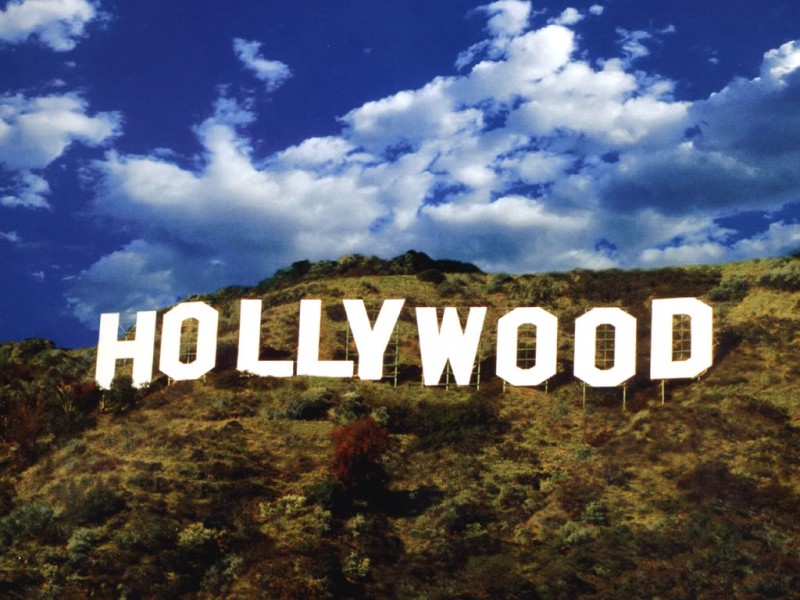Films from early days of Hollywood – Despite what you might think, our grandparents (or great-grandparents) weren’t all prudes or blue-nosed moral crusaders. As evidence, Hollywood, from the silent era until the mid-1930s, often produced feature-length films that dealt explicitly with adult themes, such as premarital sex, criminality, drug abuse, and prostitution.
More..
- Top Nollywood stars who have passed away in recent years (+Photos)
- 10 most expensive photographs ever sold (With Pictures)
- Top 10 hottest female politicians in the world (With Pictures)
- What your favourite Nigerian celebrities were doing before fame – This will shock you!
On other occasions, filmmakers titillated audiences with graphic images that included nudity or gruesome acts of violence. Then, when sound was introduced, a whole slew of films and filmmakers tried to capitalize on the public’s interest in the criminal underworld that was created as a result of Prohibition by producing a series of brash and bullet-heavy “talkies” that glorified the exploits of gangsters, such as Paul Muni’s Antonio “Tony” Camonte in 1932’s Scarface.
For years, many civic-minded individuals considered Hollywood to be a bastion of sin, a sort of modern-day Babylon, because of such films. Furthering these stereotypes were real-life criminal cases that involved silver-screen celebrities such as Fatty Arbuckle, who was charged with manslaughter for the death of aspiring actress Virginia Rappe in 1921, and William Desmond Taylor, the director whose salacious 1922 murder created an entire subculture devoted to solving the complex case.
Finally, in 1934, Hollywood tried to rein itself in. Led by former Postmaster General Will Hays, who had earlier drafted up a list of 36 “Don’ts and Be Carefuls,” known more popularly as the “Hays Code,” the movie studios and their moguls began to enforce the Motion Picture Production Code. This strict set of rules dictated on-screen behavior until the late 1960s, when a new generation of filmmakers broke away from the old studio system and began making films that dealt with the interests of the counterculture—sex, drugs, radical politics, and, above all else, rock and roll.
The Motion Picture Production Code unintentionally created a revered film genre known as Pre-Code. From early gangster pictures to horror classics, Pre-Code films often carry a sense of mystery and danger because of later censorship. Often, modern audiences find Pre-Code films less than scandalous, but a select few can still manage to shock even the most cynical of moviegoers.
10. Island Of Lost Souls
1932
Based on H.G. Wells’s 1896 novel The Island of Dr. Moreau, Island of Lost Souls tells the story of Edward Parker (played by Richard Arlen), a shipwreck survivor who winds up being rescued by a freighter full of captured animals destined for a remote South Seas island. As it turns out, the island belongs to Dr. Moreau (played by Charles Laughton), a mad scientist interested in transforming jungle beasts into humans. Within no time, Parker becomes a prisoner on Moreau’s island and is forced to play a part in Dr. Moreau’s most nauseating plan—the successful consummation of sexual intercourse between a man and Lota (played by Kathleen Burke), a panther that Moreau has successfully turned into a beautiful woman.
When the film premiered, Wells apparently disliked the fact that director Erle C. Kenton and screenwriters Philip Wylie and Waldemar Young emphasized Dr. Moreau’s sexual perversity rather than the novel’s anti-vivisection attitude. That being said, Island of Lost Souls does in fact deal with the controversial issues of eugenics and torture, with Dr. Moreau’s dreaded operating room, called the “House of Pain,” where animals are either painfully transformed into semi-humans or discarded as failures doomed to a life of servitude, serving as the focal point of all evil on the island. Class issues also play a part in the film, and Island of Lost Souls provides anuncomfortable allegory with the warped racial science of the Nazis, as well as Wylie’s own notions of social Darwinism and the innate superiority of certain individuals.
Although the exact reasons were lost during World War II, the British Board of Film Censors banned Island of Lost Souls in 1933. Almost 20 years later, the film received an “X” rating and underwent several cuts in order to be shown to the general public. Finally, in 1996, it was restored to its original version and received a PG rating.
Navigate using <-> arrows below




































Discussion about this post